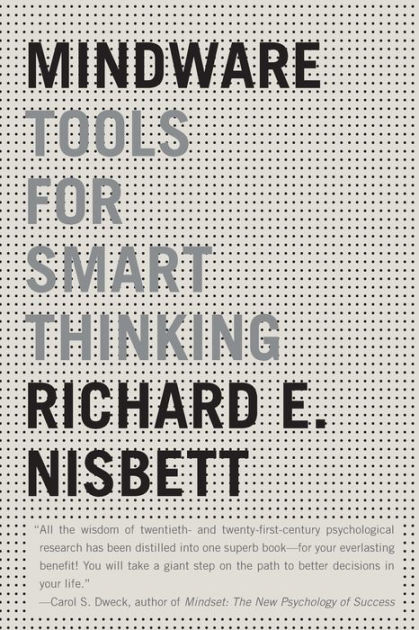Learn to reason more rationally
Have you ever wondered why people make stupid mistakes? You might have observed how even a very smart person does an obvious mistake. This book will help you to upgrade your reasoning skills.
Correlation is not causation
Whenever we encounter two things which correlate (occur together) we tend to assume that one thing causes the other (causation), especially when it confirms something we already believe. When A always occurs in tandem with B, we assume that A causes B or B causes A.
We need to understand the difference between the statistical terms causation and correlation. Correlation means that if A and B occur simultaneously, then A positively correlates to B. But when A only occurs without B and B only without A, then we have a negative correlation.
It is important to understand that we falsely assumed that just because two things correlate, they somehow influence each other. Let’s look at a concrete example.
In the summers of the 1950’s, there was a clear correlation between cases of polio and ice cream consumption. In other words, a lot of people consumed ice cream and also a lot of people were contracting polio. Does that mean that ice cream could have caused the polio epidemic? Many people who don’t understand the difference between correlation and causation would be tempted to assume so.
But it turns out that there is more stuff happening during a hot summer. People also visit swimming pools more often. And polio germs are transmitted by swimming in pool water. Now that seems to be a more likely causation.
What about the correlation between the average IQ of people of some country, and that country’s average wealth? It’s a true correlation, but does that mean that being a smarter country makes you a richer one? Unlikely, there are much more factors at play. For example, wealthy countries usually have superior education systems, which produce people with higher IQs, that’s a more likely causation.
The Representativeness heuristic can lead to false assumptions
Our brains rely heavily on shortcuts to make easier decisions despite complex information. Those shortcuts are called heuristics. One such heuristic is the representativeness heuristic. Let’s look at an example to understand how it works.
In one example psychologists were presented with fabricated patient cards detailed with the symptoms of the patients as well as their responses to an inkblot test. The cards stated that some “patients” saw genitals in the blots of ink, something which would lead people to assume that they had sexual problems.
And sexual problems is exactly what the psychologists interpreted after checking the cards. But here is the catch, the experimenters had rigged the cards in such a way that even though the “patients” who saw genitals were less likely to report sexual adjustment problems. Despite that, the psychologists still reported and insisted that they saw a positive correlation, even after the experimenters pointed out that it was, in fact, a negative correlation.
This is how the representative heuristic works. It leads us to make conclusions because we think that some things are representatives of each other, for instance, that seeing genitals represent sexual issues. When the psychologists were presented with the fake cards, they immediately jumped to the conclusion that which was the most representative in their brains.
Loss aversion
Most people’s fear of risk is higher than the desire to win. This has been shown by many experiments. In one such experiment participants didn’t enter a bet where they could either win or loose money until they stood to win at least twice the amount they would lose.
The endowment effect
The fact of owning an object makes us overestimate its value. Many experiments have ben performed where individuals received some object, and one group didn’t receive anything. On average, the group who had nothing would only pay half the amount the group who owned the object would ask for.
How to perform research
In these times of information overload, it is hard to distinguish truth from misinformation or hoax. Say you want to find out if exposure to germs is good or bad for a baby. Don’t worry you don’t have to perform experiments on your baby. You can start by collecting studies relevant to your question and see how they relate to what you are trying to answer.
You could also find relevant information in sayings. For example, the saying that East Germans and Russians are less likely to have allergies than West Germans and Finns and that farmers have fewer allergies than people who live in cities. What possible conclusions can you draw from this sayings? The assumption that farmers are more exposed to germs, and that East Germans and Russians used to be less hygienic than West Germans and Finns, would suggest that exposure to a variety of germs is actually good for health.
Logic reasoning
Whenever you argue with another person or make a decision, make use logic or the laws of thought. For example, if for some result to occur one or more premises have to be true, estimate the likelihood of those premises. One example of applying this would be when you receive a call from someone telling you that you won something on an online lottery.
Some premises could be: What’s the likelihood I’d win a lottery I can’t remember participating in? What is the probability that people from the lottery would ask me for my bank account details over a phone call?
To reach a conclusion both premises would have to be true, once you have decided on both you can make a good guess on whether this really is an authentic call or just a fraud.
One sentence summary: Once you know more about the flaws in your brain’s reasoning, you can take the precautionary steps to avoid misjudgments.

